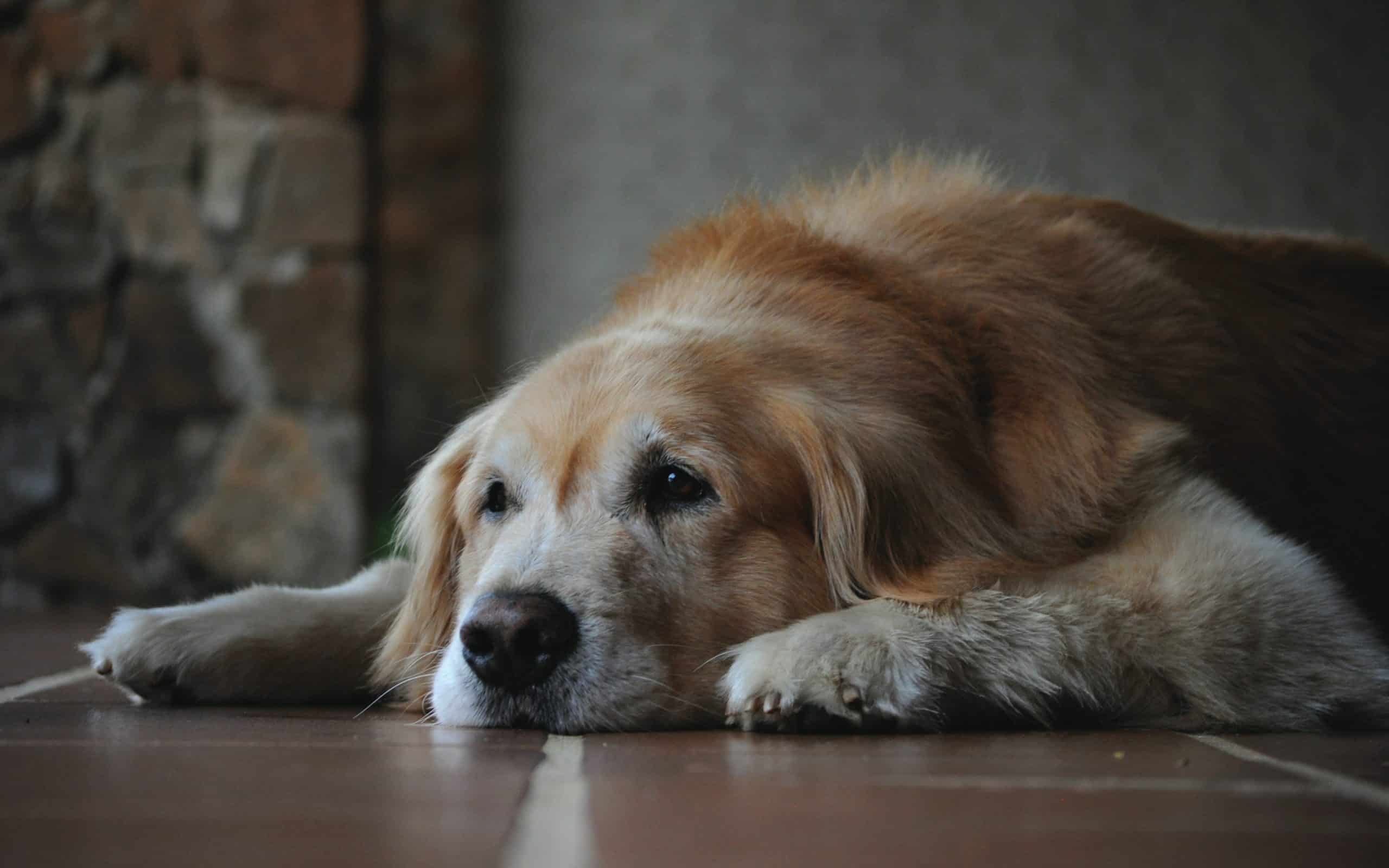What are the best ways to exercise your senior dog?

As your beloved canine companion advances in age, you might find yourselves facing new challenges. One of these may be how to keep them active and healthy. As their energy levels decrease and their joints become more fragile, you’ll need to adapt their physical activities to suit their changing needs. Yet, it is crucial to ensure they maintain a certain level of activity to prevent obesity, heart diseases and arthritis, among other common conditions in older dogs. So, let’s explore the best ways to exercise your senior dog that will help them stay fit, mentally stimulated, and overall happier in their golden years.
Addressing Your Dog’s Physical Limitations
Before embarking on any new exercise regime for your senior dog, it’s essential to take into account their physical limitations. Age doesn’t affect all dogs in the same way, and your pet’s breed, health history, and individual personality will determine the kind of activities they can still enjoy.
Sujet a lire : Why do some dogs howl at sirens?
Consult with your veterinarian before starting any new exercise routine to ensure it’s safe and beneficial for your dog. They may recommend a series of exercises that work on flexibility, strength, balance, and coordination while being easy on their joints. Even if your dog suffers from arthritis or other mobility issues, moderate and regular exercise can help to alleviate their symptoms by keeping their joints flexible and their muscles strong.
You should also take note of any changes in your dog’s behaviour or physical ability during exercise. Let’s say your dog starts limping, appears fatigued or begins to resist their exercise routine. In that case, it might be an indication that the activity is too strenuous, and you should adjust accordingly.
A lire en complément : Why do rabbits thump their feet?
Adapting Familiar Exercises
An older dog might not be able to chase a frisbee or catch a ball like they used to, but it doesn’t mean they have to stop playing these games entirely. You can adapt familiar exercises to suit their current physical capability.
For example, instead of throwing a ball for your dog to fetch, you might roll it gently along the ground. This allows them to chase the ball without the need for high-impact jumping or running. You could also shorten the distance of your walks but increase their frequency, ensuring that your dog gets regular exercise throughout the day without overexerting themselves.
Remember, the goal is to keep them moving and engaged, not to meet a certain fitness level. Also, be sure to give them plenty of rest periods during exercise to prevent fatigue or overheating.
Mental Stimulation
Exercise isn’t only about physical activity. Mental stimulation plays a critical role in keeping your senior dog healthy and happy too. Mental exercises can help to slow down cognitive decline, prevent dementia, and keep your dog alert and engaged.
Puzzle toys, obedience training, and scent games are all great ways to challenge your dog mentally. You can hide their favourite snacks in a toy or around the house and encourage them to find it. This type of game not only works their brain but also provides them with light physical activity.
Introducing new commands or tricks can also be beneficial. Just because your dog is older doesn’t mean they can’t learn new things. Training sessions are a wonderful way to bond with them, improve their cognitive functions and give them a sense of purpose.
Low Impact Exercises
As your dog ages, low impact exercises should become a staple of their routine. These types of activities are gentle on the joints and can be tailored to your dog’s fitness level.
Swimming is a fantastic low-impact exercise for dogs. It works out the entire body, strengthens the muscles, and improves cardiovascular health, all while putting minimal stress on the joints. If your dog has never swum before, make sure to introduce them gradually to the water and always supervise their swimming sessions.
Another great low-impact exercise is walking on a leash. While it might not seem as exciting as a game of fetch, it’s an effective way to keep your dog active. It allows you to control the pace and duration of the exercise, making it easier to adapt to your dog’s needs.
Incorporating Massage and Stretching
Finally, incorporating massage and stretching into your senior dog’s routine can be hugely beneficial. Both these practices improve flexibility, increase circulation, reduce pain and stiffness, and can even help to reduce anxiety and stress.
A gentle massage can be a bonding experience for you and your dog. Focus on areas where your dog holds tension, such as the neck, shoulders, and hips. However, always be gentle and watch your dog’s reactions to ensure they’re comfortable.
Stretching should be done after a session of exercise when your dog’s muscles are warmed up. It can help to improve their range of motion and flexibility, reducing the risk of injury.
Remember, it’s not about how much exercise your senior dog gets, but the quality of the activity they do. By adapting exercises to their needs, keeping them mentally stimulated, and incorporating low-impact activities and massage, you can ensure your older dog stays active, healthy, and happy throughout their golden years.
Monitoring Your Dog’s Exercise Routine
Once you have established a suitable exercise routine for your senior dog, it is equally important to monitor it closely. Keeping a close eye on the effects of these exercises on your dog’s health will ensure that they remain beneficial and do not cause discomfort or harm.
To do this, observe your dog during and after the exercises. Check for any signs of discomfort, such as whimpering, limping, or panting excessively. These signs may indicate that the exercise is too strenuous or that your dog may be experiencing pain. If you notice any of these signs, it is best to stop the exercise and consult your veterinarian.
Also, regularly assess your dog’s general health and well-being. Are they maintaining a healthy weight? Are they more active and alert? Answering these questions will help you gauge the effectiveness of the routine. Remember, the aim is to improve or maintain your dog’s overall health and happiness. It is not about achieving a certain level of physical fitness or ability.
Incorporate weight checks into their routine as sudden weight gain or loss can be a sign of health issues. Regular veterinary check-ups will also be beneficial in monitoring your dog’s health as they can provide more detailed assessments.
Conclusion
Exercising your senior dog is a delicate balance of maintaining physical activity while addressing their health needs and abilities. Understanding and recognizing your dog’s limitations will allow you to adapt their exercise routine to their specific requirements. The aim is to promote their overall health and happiness, not to push them beyond their limits.
Adapting familiar exercises, introducing low-impact activities, and incorporating mental stimulation into their routine can greatly enhance their quality of life. Remember to keep it fun and engaging for your dog – exercise should be an enjoyable experience for both of you.
Also, never overlook the importance of regular health checks and monitoring your dog’s responses to the exercises. These steps will help you ensure that the activities remain beneficial and safe for your beloved pet.
Incorporating massage and stretching can further enhance the benefits of physical activity while also providing some much-needed relaxation for your senior dog.
In the end, remember that the quality of the exercise matters more than the quantity. As long as your dog is enjoying their activities and maintaining a healthy lifestyle, you are on the right track. So keep up the good work and continue to share these special moments with your furry friend in their golden years. Your dedication and love will go a long way in keeping your senior dog active, healthy, and happy.
